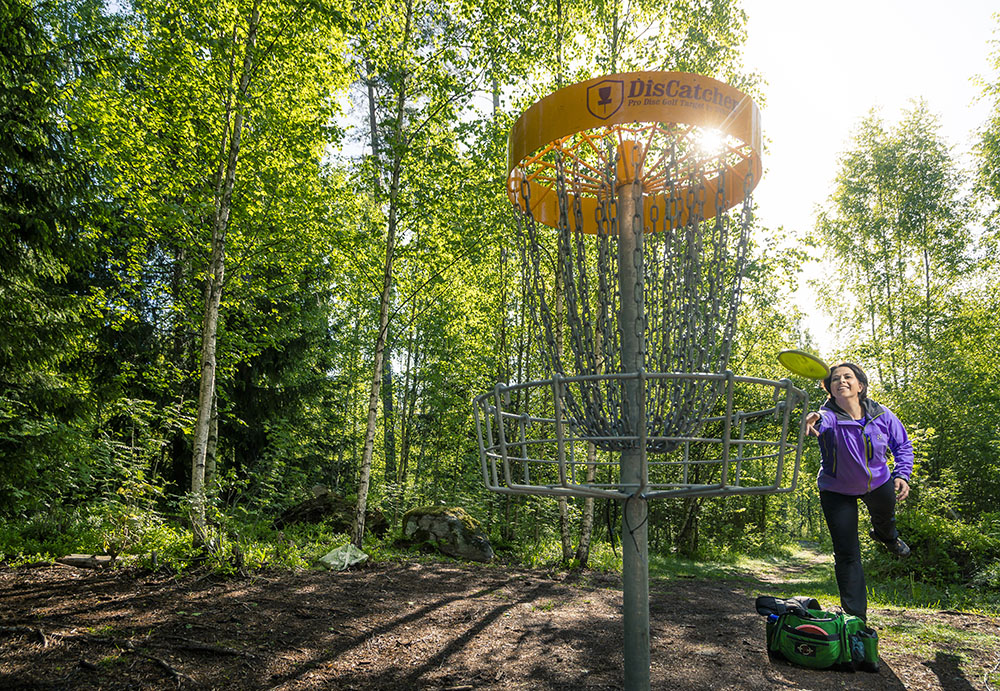The main grid managed by Fingrid includes approximately 14,000 kilometres of transmission lines and over 63,000 hectares of transmission line areas, of which approximately 52,000 hectares are forest, approximately 10,000 hectares are field and approximately 1,000 hectares are bodies of water. Fingrid has redeemed restricted rights of use to the transmission line areas.
“Fingrid does not actually own the land underneath the transmission lines, but it does take care of clearing,” explains Max Isaksson, a Special Adviser at Fingrid.
The landowner can use the area in many ways as long as use does not disrupt the maintenance of transmission lines and providing that electrical safety is taken into account.
Fingrid extensively views all of its transmission line areas via its ecosystem service approach. The ecosystem service refers to material or immaterial benefits produced by nature and which are advantageous to people, society and nature. This approach aims to highlight concrete benefits of transmission line areas, such as berry-picking and cultivation.
“By utilising transmission line areas appropriately we can even support the achievement of national targets, such as natural diversity, explains Fingrid’s Environmental Adviser Tiina Seppänen.
A meadow of rare species
Transmission line areas are cleared regularly. Light and open areas are important to species which have suffered as a result of the decrease in meadows. For example, the Pohtola transmission line area in Tampere is managed to protect the endangered false heath fritillary butterfly. Another rare species that thrive in transmission line clearings is the rattle grasshopper. Many small mammals and predators also make their homes in or on the fringes of transmission line areas.
Sometimes a transmission line area is located in a place that makes it difficult to manage using machinery. Four-legged summer workers have been called in to help.
“You can tell it’s summer at Fingrid when you see the sheep head out into the transmission line areas to cut the grass,” says Seppänen.
Sheep have grazed on Luoto island in Nokia and in the Hätilännotko green area every summer since 2010.
A Christmas tree farm or a golf course
Transmission line areas are used in a wide range of ways such as for exercise, hiking, farming, research, education, gravel-taking, gardening and beekeeping, to name a few. Depending on the landowner’s wishes, a transmission line area can either be utilised or simply be pleasing to the eye.
The overwhelming majority of transmission line areas are forest. Forest areas allow for hiking, berry-picking and mushrooming, not to mention Christmas tree farming. Thanks to their good visibility and low-lying vegetation, transmission line areas are also suitable for hunting.
Although transmission line areas are already used diversely, there is potential to make even better use of the areas. Transmission line areas can also be used in surprising ways. In Imatra, for example, there is a golf course under the transmission lines. Frisbee golf is also possible in transmission line areas. Just make sure that you throw and catch away from the transmission lines to avoid the ball or frisbee from becoming stuck or damaging the transmission line insulators. •







